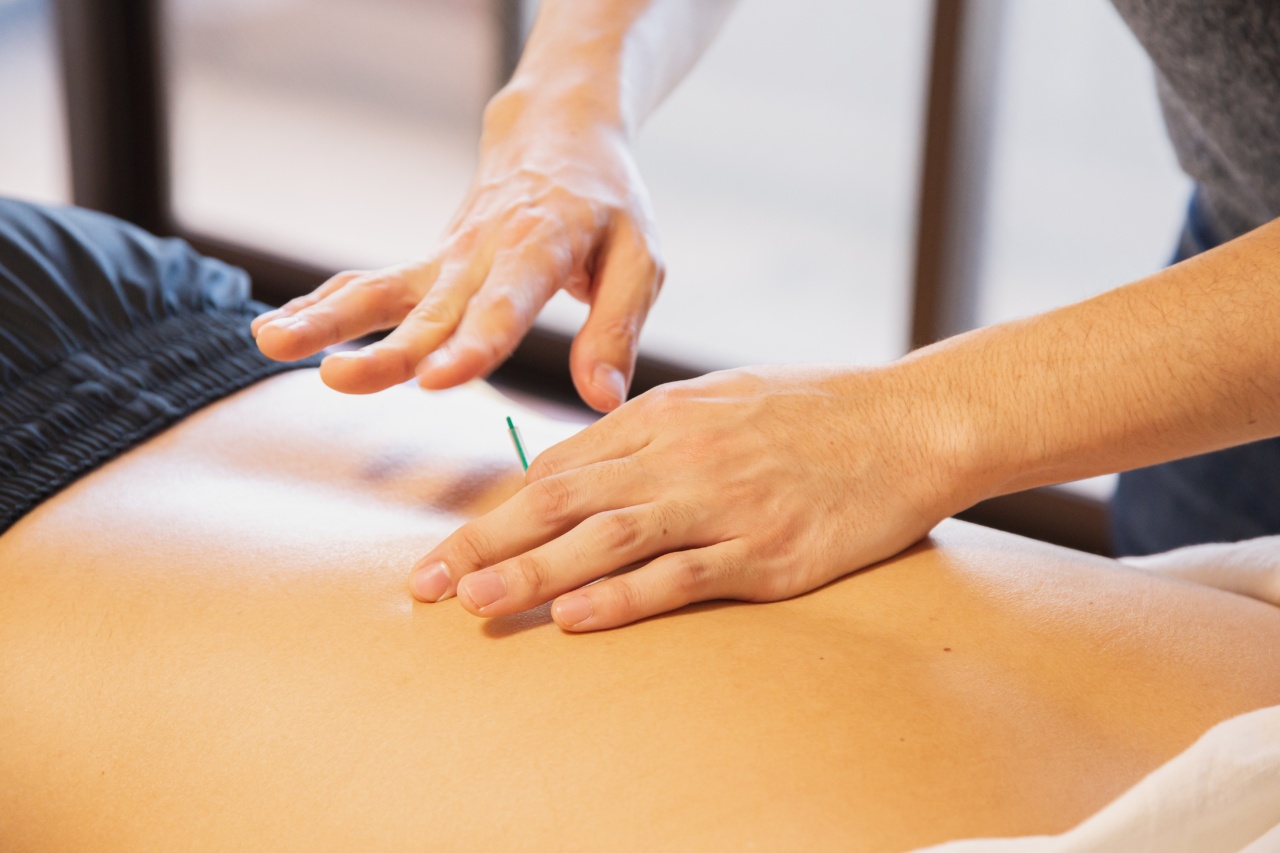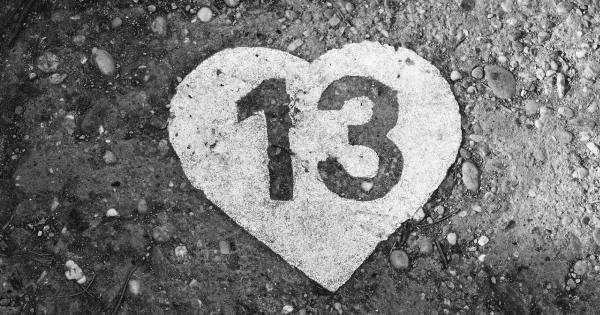Cardiac rehabilitation is a crucial step in the recovery process for individuals who have experienced a heart attack or undergone cardiac surgery.
This rehabilitation program aims to improve cardiovascular health, reduce the risk of future heart problems, and enhance overall well-being. One integral component of cardiac rehabilitation is physiotherapy, which involves specific exercises and activities tailored to the individual’s needs and abilities.
These physiotherapy exercises play a vital role in promoting recovery, restoring function, and improving the quality of life for patients.
Benefits of Physiotherapy Exercises in Cardiac Rehabilitation
Physiotherapy exercises are designed to address several key aspects of recovery following a heart attack or cardiac surgery. They offer numerous benefits that aid in the rehabilitation process:.
- Improved heart function: Physiotherapy exercises help strengthen the heart muscle, enhance cardiac output, and improve overall heart function. They stimulate the heart, allowing it to pump more efficiently and effectively.
- Enhanced cardiovascular fitness: These exercises increase aerobic capacity, improve endurance, and enhance the body’s ability to utilize oxygen. As a result, patients can perform daily activities with less fatigue and greater ease.
- Reduced risk of complications: Engaging in physiotherapy exercises can help prevent and manage various complications associated with heart disease, such as blood clots, pulmonary issues, and muscle weakness. They also assist in maintaining healthy blood pressure and cholesterol levels.
- Improved muscle strength and flexibility: Physiotherapy exercises involve both cardiovascular and resistance training, which help build and tone muscles, increase flexibility, and improve joint function. This is particularly important as muscle weakness and stiffness are common after a heart attack or surgery.
- Weight management: Cardiac rehabilitation often includes tailored exercise programs that aid in weight loss or weight maintenance. Achieving and maintaining a healthy weight is crucial for reducing strain on the heart and decreasing the risk of future heart problems.
- Psychological well-being: Engaging in regular physical activity through physiotherapy exercises has a positive impact on mental health. It reduces stress, anxiety, and depression, while promoting a sense of achievement, motivation, and improved self-esteem.
Types of Physiotherapy Exercises in Cardiac Rehabilitation
1. Aerobic Exercises
Aerobic exercises, also known as cardiovascular exercises, are crucial for boosting cardiovascular fitness, improving endurance, and increasing heart rate.
These exercises facilitate oxygen utilization, strengthen the heart, and improve overall cardiovascular health. Some commonly recommended aerobic exercises for cardiac rehabilitation include:.
- Walking: A low-impact exercise suitable for individuals of all fitness levels. It can be performed outdoors or on a treadmill.
- Cycling: Stationary or outdoor cycling is an excellent option for cardiovascular exercise, as it is easy on the joints and can be adjusted based on the individual’s fitness level.
- Swimming: This is a low-impact exercise that engages multiple muscle groups while providing cardiovascular benefits.
- Elliptical training: The elliptical machine offers a low-impact full-body workout, allowing for increased cardiovascular endurance without placing excessive stress on the joints.
2. Resistance Training
Resistance training is an essential component of cardiac rehabilitation. It helps strengthen the muscles, improves overall body strength, and enhances physical function.
When performing resistance exercises, it is important to start with light weights or resistance bands and gradually progress. Some effective resistance training exercises include:.
- Leg presses: This exercise targets the leg muscles and helps develop lower extremity strength.
- Arm curls: Using dumbbells or resistance bands, arm curls strengthen the muscles of the upper body, including the biceps and forearms.
- Chest presses: This exercise strengthens the chest muscles, including the pectoralis major and minor.
- Shoulder raises: Shoulder raises target the deltoid muscles and help improve upper body strength.
3. Flexibility and Stretching Exercises
Flexibility exercises aim to improve the range of motion in joints, enhance muscle flexibility, and prevent muscle stiffness.
Incorporating stretching exercises into a cardiac rehabilitation program can help individuals regain flexibility and improve overall mobility. Some beneficial flexibility exercises include:.
- Neck stretches: These exercises help relieve tension and improve neck mobility.
- Shoulder stretches: Stretching the shoulders assists in enhancing upper body flexibility.
- Hamstring stretches: Stretching the hamstrings is vital for lower body flexibility and preventing muscle imbalances.
- Chest stretches: These stretches help relax the chest muscles and improve posture.
4. Breathing and Relaxation Techniques
In addition to physical exercises, incorporating breathing and relaxation techniques can provide further benefits in cardiac rehabilitation. These techniques assist in managing stress, improving breathing control, and promoting a sense of calmness.
Some commonly recommended breathing and relaxation exercises include deep breathing, meditation, and guided imagery.
Important Considerations for Physiotherapy Exercises
While physiotherapy exercises offer numerous benefits, it is essential to consider the following factors when incorporating them into a cardiac rehabilitation program:.
- Individualization: Physiotherapy exercises should be tailored to the individual’s specific needs, capabilities, and medical condition. It is crucial to consult with a qualified physiotherapist who can design a personalized exercise program.
- Gradual progression: Exercises should be started at an appropriate intensity and gradually increased over time. Sudden strenuous activity can be harmful to patients recovering from a heart attack or surgery.
- Medical supervision: It is vital to perform physiotherapy exercises under the guidance and supervision of a healthcare professional or trained physiotherapist, particularly during the initial phases of cardiac rehabilitation.
- Regular monitoring: Regular assessment and monitoring of the patient’s progress are essential to ensure the exercise program remains safe and effective. This allows for adjustments and modifications to be made as needed.
Conclusion
Physiotherapy exercises are an integral part of cardiac rehabilitation for individuals who have experienced a heart attack or undergone cardiac surgery.
These exercises offer a myriad of benefits, including improved heart function, enhanced cardiovascular fitness, reduced risk of complications, improved muscle strength and flexibility, weight management, and enhanced psychological well-being.
Integrating various types of exercises, such as aerobic exercises, resistance training, flexibility exercises, and breathing techniques, helps individuals regain their physical abilities, enhance their quality of life, and reduce the risk of future heart problems. However, it is crucial to individualize the exercise program, progress gradually, seek medical supervision, and regularly monitor the patient’s progress to ensure a safe and effective rehabilitation process.



























